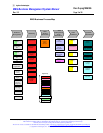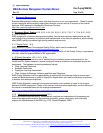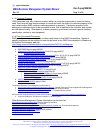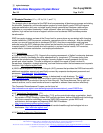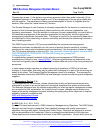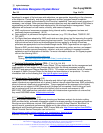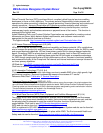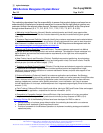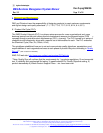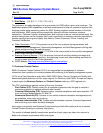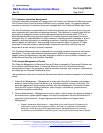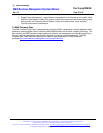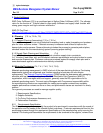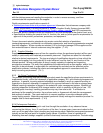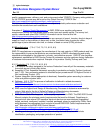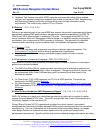
EMG Business Management System Manual
Doc # epsg1026386
Rev. 112
Page 17 of 35
The user of any printed copy of this controlled document is responsible for verifying it is the correct version prior to use. Hard copies are uncontrolled.
This manual contains links to subordinate documents that are restricted to Agilent personnel only
and may not work if accessing this document from a public site.
The current version is available at the EMG Document Map website: http://emg.communications.agilent.com/quality/bms/040318_docMap.asp
(c) Agilent Technologies, Inc. 2002, AGILENT TECHNOLOGIES
6. Research and Development
R&D and Divisions have the responsibility of designing products to meet customer requirements
and Agilent design and quality standards. (7.1, 7.3.2, 7.3.5, 7.3.7, 8.2.3, 8.2.4, 8.4, 8.5.1)
6.1 Product Life Cycle (PLC):
The EMG Product Lifecycle (PLC) is a phase review process for cross-organizational and cross
business teams from the point where product development resource involvement begins (CON =
concept) through eventual product obsolescence (CLO = closure)). The PLC focuses on a series of
checkpoints and milestones, along with a specific set of deliverables for each. The PLC embodies
the Shewhart Cycle (Plan, Do, Check, & Act)
The guidelines established here are to set and communicate quality objectives, expectations, and
responsibilities of each organizational area at each phase of product lifecycle culminating in Quality
Sign off** (click on QSO form checklist).
EMG PLC web site: http://www.soco.agilent.com/org/pge/PLC/plc.htm
**Note: Quality Sign-off confirms that the requirements for 1) products regulations, 2) environmental
test, 3) reliability and accelerated life testing, 4) specifications/DFx /Quality Objective setting, 5)
product stewardship 6) Whole Product Support Plans.…etc. have been met.



